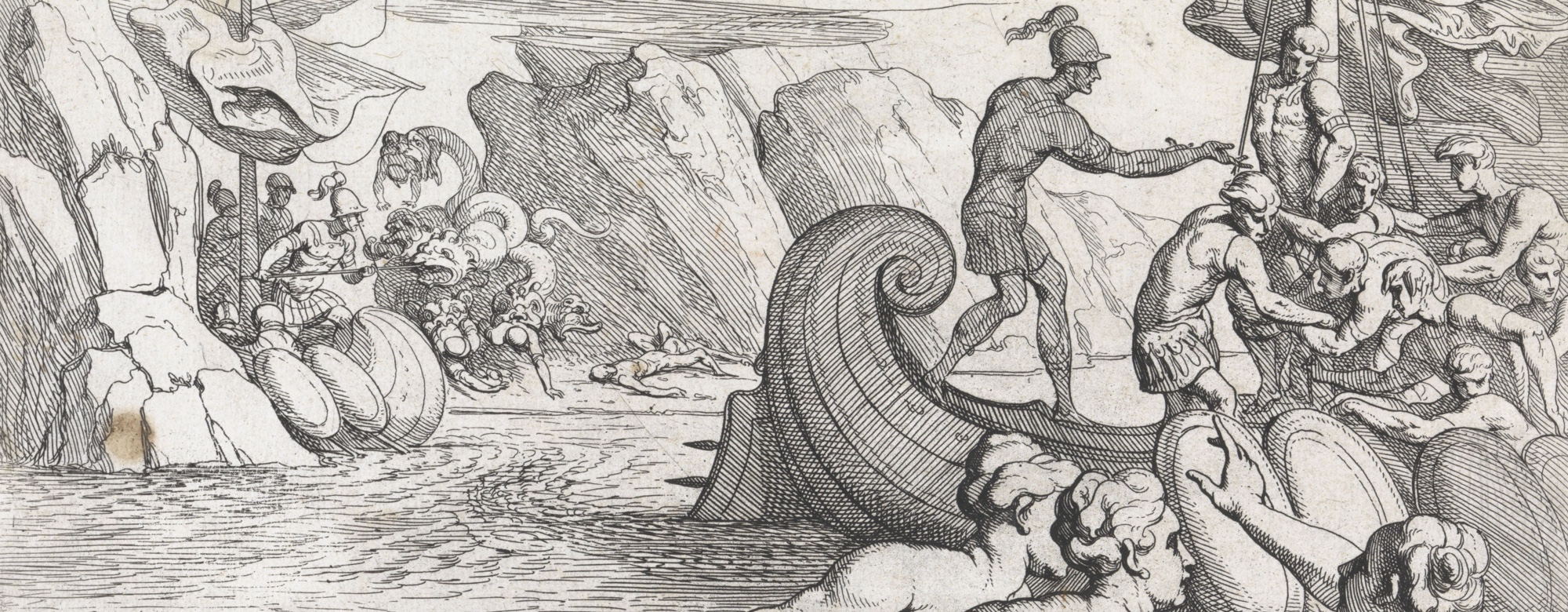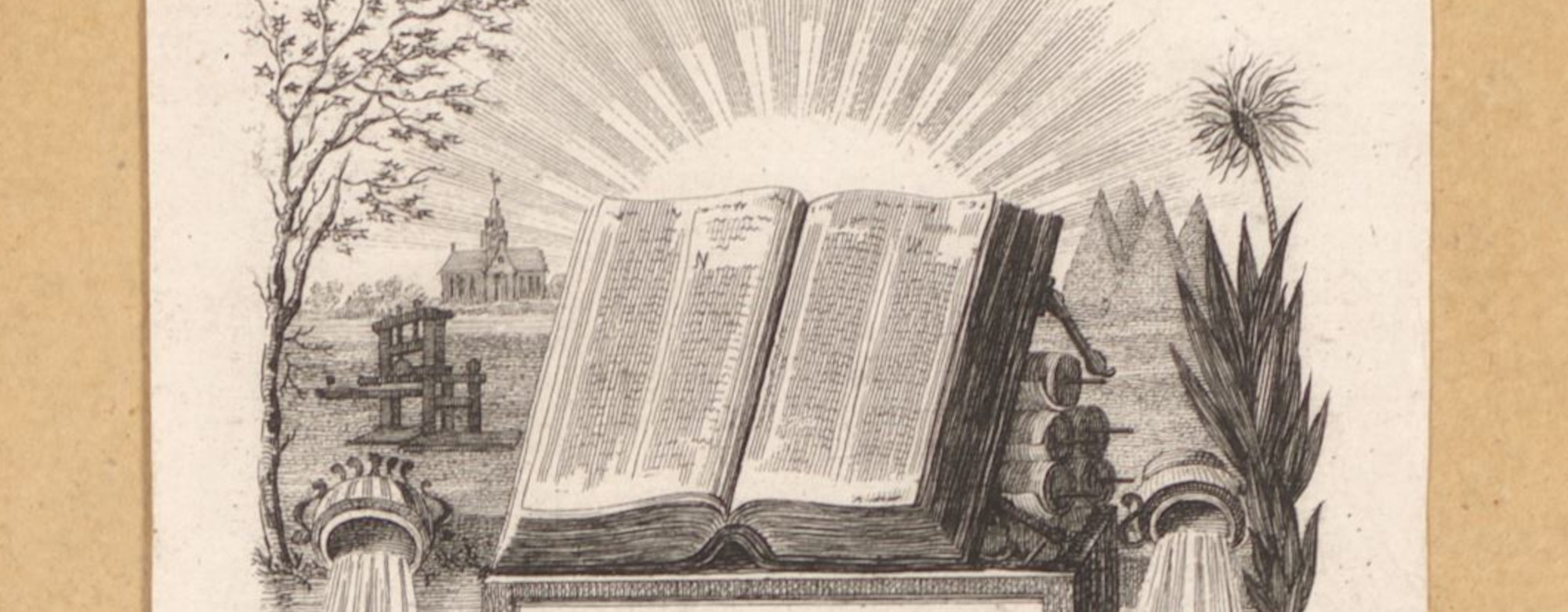If this week’s leak of a draft version of the European Commission’s Impact Assessment on the modernisation of EU copyright rules shows one thing, it is that the various rightsholder groups have managed to completely hijack the EU copyright reform process.
A first analysis of the ten measures included in the Impact Assessment reveals that, under pressure from organized rightsholders, the EU copyright reform process, which started in 2014 with ambitious goals to modernize the EU copyright rules in order to create a digital single market in the European Union, has turned into a fragmented effort to protect the self-proclaimed interests of rightsholders.
Instead of harmonizing copyright rules across the EU and ensuring that they will not limit the potential of digital technologies, the Commission has chosen to focus on supporting legacy business models of rightsholders in an attempt to defend the status quo. This is a remarkably short-sighted approach to modernizing one of the core policy frameworks governing the information economy, especially if one takes into account that these rules will likely remain in effect for the decades to come.
While we are working on a more detailed analysis of the policy options proposed in the Impact Assessment, here are our initial thoughts on the ten measures covered. It is important to keep in mind that we base ourselves on a leaked version and that the final version can still change, although substantial changes are very unlikely. The document at hand is largely in line with other internal Commission documents, such as last December’s communication on the same topic (see our analysis here), and it is consistent with public statements of key policy makers.
The Impact Assessment is divided into three sections. The first one contains four measures aimed at ‘ensuring wider access to content’. The second one contains three measures aimed at ‘adapting exceptions to digital and cross-border environment’, and the final section contains three measures aimed at ‘achieving a well functioning market place for copyright’.
Exceptions as restrictions
One of the most interesting parts of the Impact Assessment is the section on ‘adapting exceptions to digital and cross-border environment’. The Impact Assessment proposes the creation of three new mandatory exceptions: one covering text and data mining for “public interest research organisations”, one covering preservation copies made by cultural heritage institutions, and one covering digital and online uses in the context of illustration and teaching. Creating mandatory exceptions to enshrine user rights is clearly a step in the right direction (although a tiny one in the case of the preservation exception, which already exists in most member states). At closer inspection, however, two of the three proposed exceptions come with significant flaws.
The new exception for online educational use is an example of how an idea that is good in principle becomes ultimately broken. The Commission promised to make the educational exception “effective in the digital age”. A harmonised exception for digital and online content is a good step in this direction, although the proposed exception is overly limited in scope. But the very idea of the exception is broken by making the exception conditional on the lack of licenses for respective content. This would obviously make rightsholders happy, as a simple licensing option would easily neutralize an unwanted exception. Furthermore, the proposal leaves the original exception, defined in the InfoSoc Directive, unharmonised.
The text and data mining (TDM) exception comes with similar caveats. By limiting the beneficiaries of the proposed exception to “public interest research organisations” the exception enshrines the principle that text and data mining as such is a copyright-relevant act that requires permission from rightsholders. This is hugely problematic as it puts a wide range of data sources out of reach of commercial and private entities engaging in text and data mining. In its attempt to protect the existing licensing business of STM publishers for TDM undertaken by life science and pharmaceutical companies, the Impact Assessment completely ignores the fact that there are substantial amounts of information sources on the Internet that are not (easily) available for licensing.
Should the “solution” proposed by the Impact Assessment become reality, mining such information will become an infringement of copyright. The only way to prevent this from happening would be an exception that explicitly allows anyone to undertake text and data mining of all lawfully accessible materials for any purpose. The Impact Assessment discusses such an option, but rejects it in yet another instance of caving in to the demands of publishers.
Licensing über alles
The treatment of cultural heritage institutions is equally flawed. The proposed mandatory exception for preservation copies meets a real need, but stops short of addressing the real problem faced by Libraries, Museums and Archives: Providing online access for the vast parts of their collections that are out of commerce (OOC) and thus extremely costly to clear for online use. Instead of dealing with this issue via an exception (as demanded by the cultural heritage institutions) the Impact Assessment recommends to “put in place legal mechanisms to facilitate collective licensing agreements for all types of OOC works”.
Apart from the unnecessarily complicated approach that stands in stark contrast to the Digital Single Market rhetoric, this is yet another concession to the rightsholders. Licenses are presented as the solution for everything – even for situations that have been created by the absence of rightsholders willing to license. By buying into this mantra the Commission is willingly creating a complex bureaucratic system that will take years before it will show any effect, and will result in substantial transaction costs for cultural heritage institutions that will artificially prop up collective management organisations.
More rights for rightsholders
The section on “achieving a well functioning market place for copyright” contains more egregious concessions to rightsholders. The Impact Assessment recommends that news publishers should get a German style ancillary copyright. We already discussed why a such a right is highly problematic, and it is still unclear to us how the Commission expects that replicating the failed German model on the EU level will work any better. The solution advocated for here is nothing more than wishful thinking that the business model woes of the publishing industry can be fixed by adding some more (copy)rights.
In order to address the so-called “value gap”, a concept copied directly from the lobbying playbook of the music industry, the Impact Assessment proposes to require online platforms to increase their automatic content filtering. Even worse, it suggests that rightsholders get a say in how filtering systems operate, which opens the door for even more arbitrary filtering and content removal.
Instead of giving users more legal certainty when it comes to remixes, mashups, and other transformative uses of content, the proposed solution will result in a situation where rightsholders and platform operators define the scope of acceptable expression behind closed doors. Coupled with the requirement that hosting platforms “must in good faith, conclude agreements with rightsholders for the use of their content”, this is another major concession to the rightsholders.
Make the Internet more like TV
The remaining measures proposed by the Impact Assessment confirm this trend. The ‘ensuring wider access to content’ section takes some limited steps at modernizing certain content distribution practices by proposing measures which would allow TV and Radio broadcasters to offer online streams of their programmes across borders and that would treat IPTV services in the same way as cable operators are treated. With regards to limited availability of EU content on VOD platforms the Impact Assessment limits itself to proposing a stakeholder dialogue.
While some of these interventions may have a limited impact on the availability of content, they are not much more than a red herring to distract us from the fact that the Commission has given up on plans to ensure that citizens can legally access AV content that is available in other member states. The rightsholders from the audiovisual sector will be relieved that the Commission has decided to protect their legacy business models at the cost of limiting citizens access to audiovisual content that is not available in their “home” markets.
An extremely limited vision on copyright modernisation
The overwhelmingly rightsholder-friendly measures identified in the Impact Assessment are only half of the story. The other half is told by the issues that are not discussed in the Impact Assessment. The Commission has missed an opportunity to provide more certainty for EU citizens in how they can express themselves in the digital environment. Attempts to update and harmonize the exceptions relating to remixing, parody and freedom of panorama are entirely missing from the Commission’s agenda.
As a result, the measures proposed in the Impact Assessment feel entirely unbalanced. In this context it is good to remember that in the REDA report the European Parliament delivered a much more balanced approach to modernizing the EU copyright framework. While it contained a number of problematic recommendations, it balanced them with recommendations that would have a positive effect on access to culture and information.
Another substantial omission are measures aimed at introducing more flexibility into the EU copyright system. Without built-in flexibility the EU copyright system is badly equipped to deal with the challenges and developments that are guaranteed to arise along the way. Seen in this light, it is tragic that the EU Commission has seemingly reduced its once ambitious plan to modernize the EU copyright framework into a series of measures aimed at supporting the legacy business models of various types of rightsholders.

